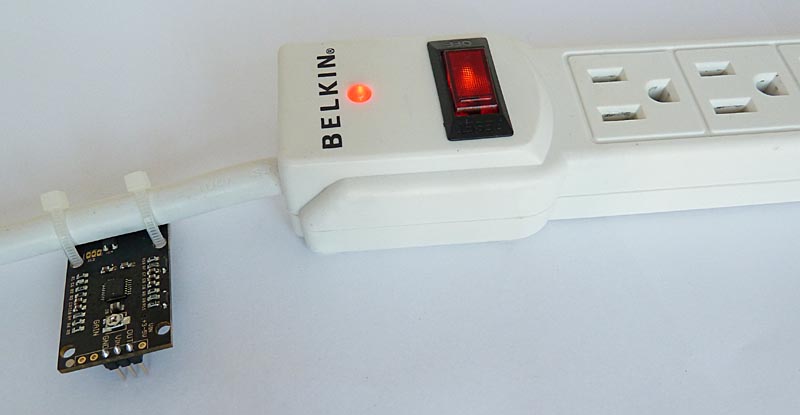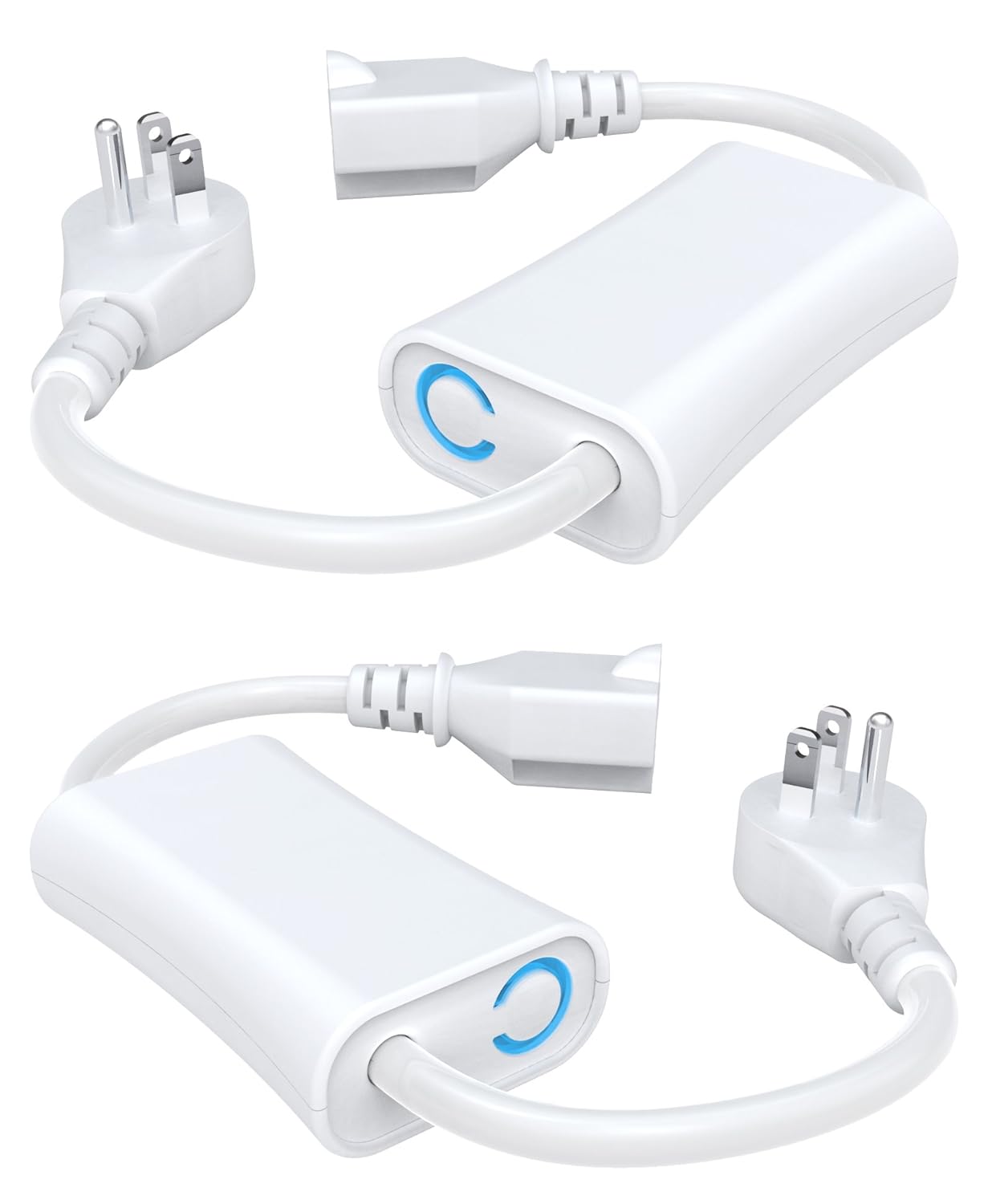IVB
Senior Member
I want to ensure I turn the dishwasher on before I go to sleep. Because apparently I suck at it.
Do I just go get any of a bazillion non-invasive current sensors (ie https://www.amazon.com/gp/product/B005CTWE8A/ref=ox_sc_act_title_1?ie=UTF8&psc=1&smid=A1THAZDOWP300U )
and put it around the cord?
I saw some posts that said I needed to open up the 3-wire (or rather, use a small extension cord and butcher that), isolate the hot, and put the sensor around that.
Q1) Is there any fire concerns with that? Seems a little odd to be splicing up a factory made wire.
Q2) Do I just get any regular small 3-prong extension cord or is there a special type?
Q3) The sensors all seem to have a 2.5mm or 3.5mm output plug. I assume I just cut that off and run into an Elk zone?
Q4) The dishwasher runs on a 15A circuit. Some of these sensors are rated at 30A, 50A, or even 100A. But they're all relatively inexpensive. Does sensitivity vary as you get into higher amps (or cheaper price)? Would it matter if i'm just looking for a boolean on/off, rather than measuring consumption?
Q5) Are there super high sensitivity current sensors in case I want to monitor a very small load, ie just a few amps? Its harder than I thought to find that info.
Thx.
Do I just go get any of a bazillion non-invasive current sensors (ie https://www.amazon.com/gp/product/B005CTWE8A/ref=ox_sc_act_title_1?ie=UTF8&psc=1&smid=A1THAZDOWP300U )
and put it around the cord?
I saw some posts that said I needed to open up the 3-wire (or rather, use a small extension cord and butcher that), isolate the hot, and put the sensor around that.
Q1) Is there any fire concerns with that? Seems a little odd to be splicing up a factory made wire.
Q2) Do I just get any regular small 3-prong extension cord or is there a special type?
Q3) The sensors all seem to have a 2.5mm or 3.5mm output plug. I assume I just cut that off and run into an Elk zone?
Q4) The dishwasher runs on a 15A circuit. Some of these sensors are rated at 30A, 50A, or even 100A. But they're all relatively inexpensive. Does sensitivity vary as you get into higher amps (or cheaper price)? Would it matter if i'm just looking for a boolean on/off, rather than measuring consumption?
Q5) Are there super high sensitivity current sensors in case I want to monitor a very small load, ie just a few amps? Its harder than I thought to find that info.
Thx.


